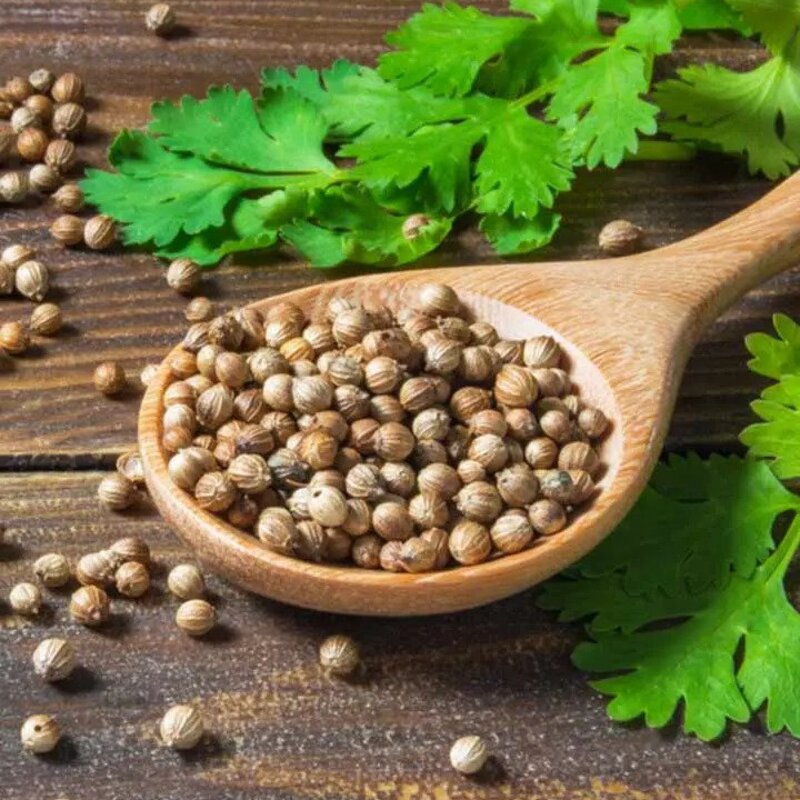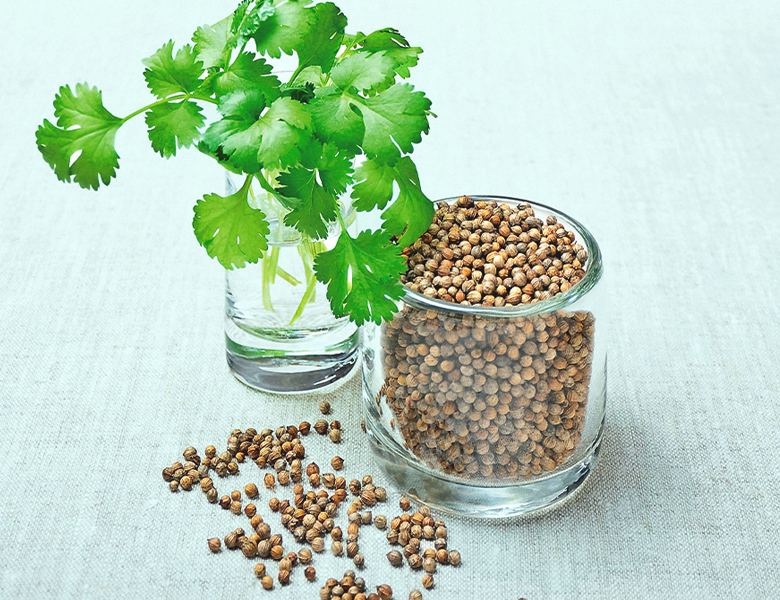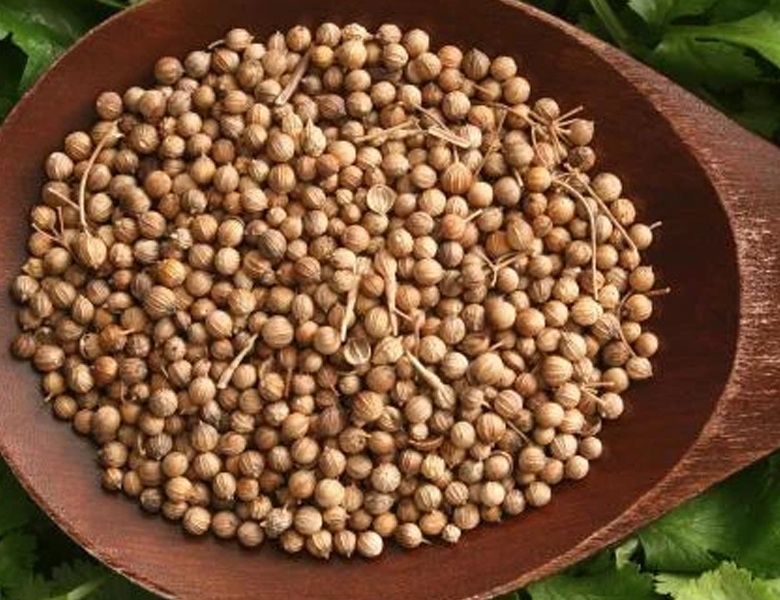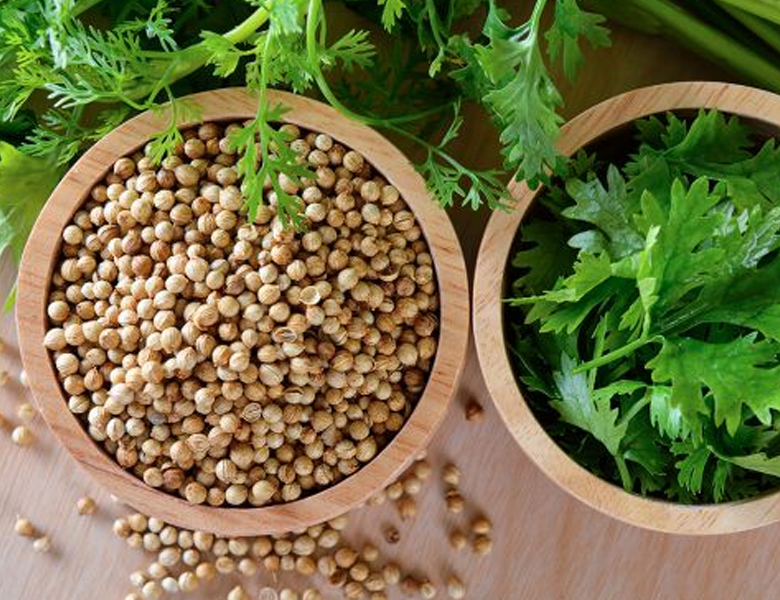Indian Name: Dhaniya
Scientific Name: Coriandrum sativum
Fam: Umbelliferae
Other Names
Chinese Parsley, Cilantro, Dizzycorn, Japanese Parsley
French: coriandre
German: Koriander
Italian: coriandolo
Spanish: cilantro, culantro
Arabic: kizbara
Burmese: nannambin (leaves), nannamzee (seed)
Chinese: hsiang tsai, yen-sui, yuen sai, yuin si tsoi (leaves)
Indian: dhanyia, dhuniah, kothimbir, kotimear, kotimli (seed), dhania patta, dhania sabz, hara dhania (leaf) Indonesian: ketumbar
Lao: phak hom pom
Malay: daun ketumba(r) (leaves), ketumba(r) (seed)
Sinhalese: kottamalli (seed), kottamalli kolle (leaves)
Tamil: kothamilee
Thai: pak chee (met)






